
1. Areca palm
The Areca palm reduces harmful substances and increases the amount of oxygen in the room. It is often considered to be the best air purifying plant. Its warm-coloured stems do justice to its alternative name, golden cane palm.
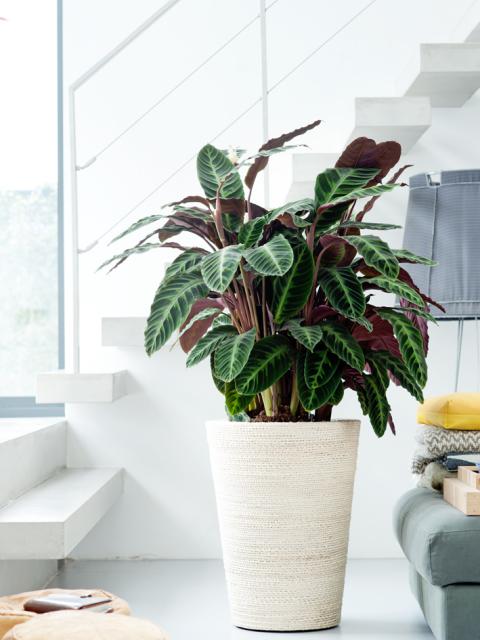
2. Calathea
Also called 'Living Plant', because it closes its leaves at night only to open them up again the next day. Take care of the Calathea and you will be treated to a special phenomenon in return!
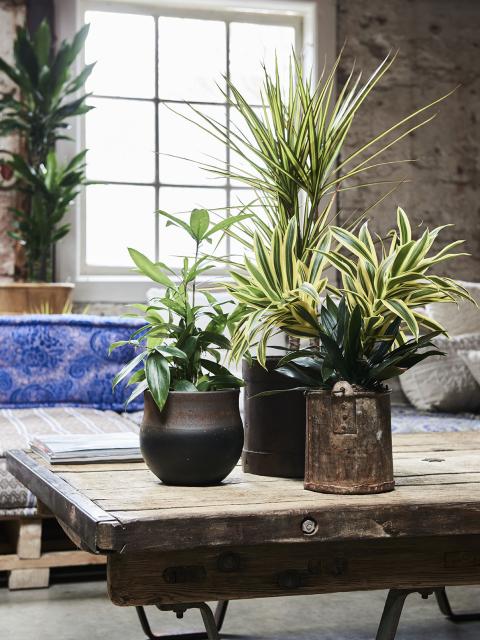
3. Dracaena
Dragon tree, you’ll want it for the name alone. Dracaena is derived from the Greek 'drákaina' which means female dragon. It refers to the resin of the draco variety. It is bright red and explains where names such as dragon plant or dragon's blood tree come from. Easy to maintain, you could say: "dracaena for dummies".
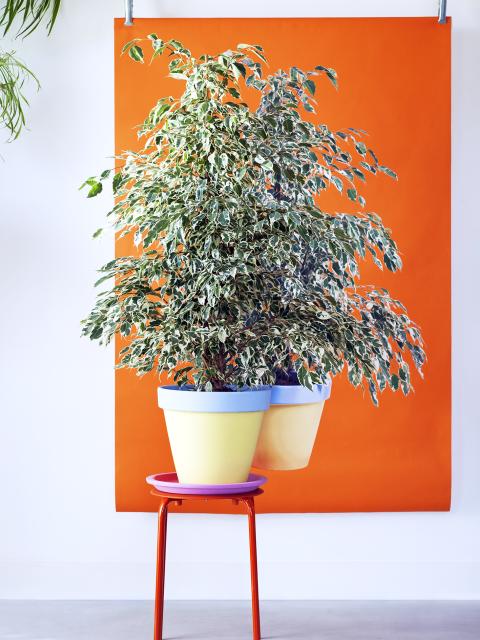
4. Ficus (Benjamina Exotica en Ficus Golden King)
Attract abundance in your home! Ficus Benjamina is also called weeping fig. In the Middle East, ficus are known as trees of peace and abundance because of the figs that grow in the wild. They are rich in leaves, available from mini bush to indoor tree and are easy to care for.
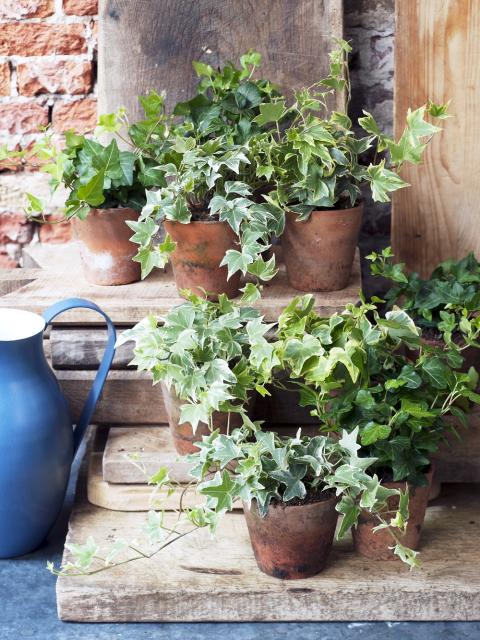
5. Hedera helix Shamrock
Never heard of it? You probably have, but as ivy. Ivy removes trichloroethylene and benzene from the air and is especially good at removing formaldehyde; a substance that occurs in almost all indoor environments (such as chipboard, furniture and textiles). Fast growing and always up for creating interesting shapes.
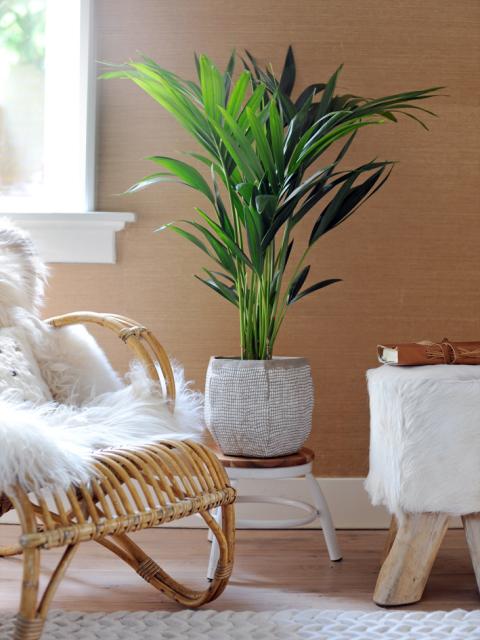
6. Kentia Palm
Picture the scene: the azure blue sea, a sun-drenched pearly white beach and a green forest full of palms. That's where the Kentia Palm comes from. The plant was discovered in the 18th century on the heavenly Lord Howe Island, near Australia, where these small plants still come from.
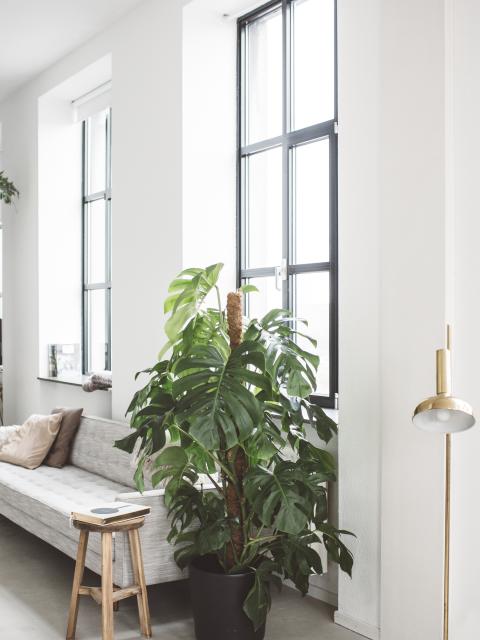
7. Monstera (Deliciosa en obliqua)
You’ll come across this plant when you open a fashion magazine or walk into a gallery: the Monstera. Large, green leaves with holes... you can't miss it. This tough guy also makes a perfect decorative room divider and living air purifier.
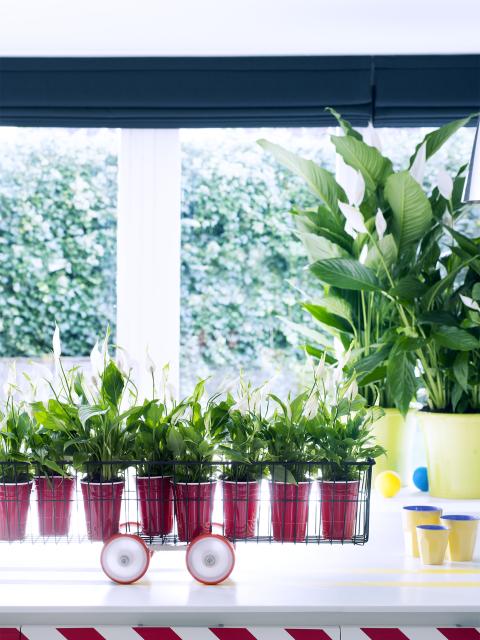
8. Spathiphyllum
Long live the spoon plant. From the banks of the Amazon in South America, so strong and masculine. And it's also easy.
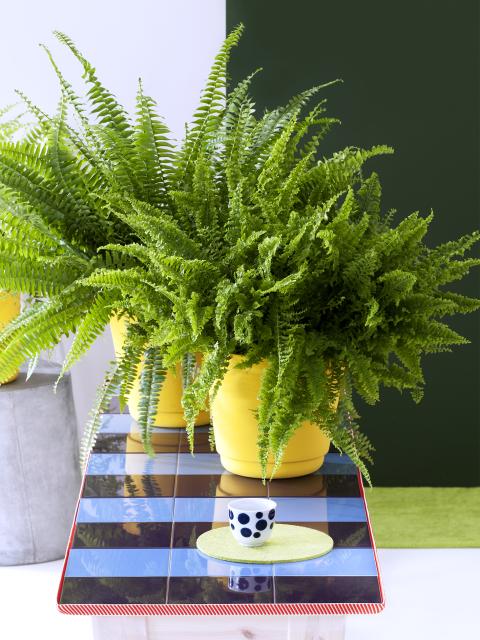
9. Ferns
We can, in fact, put the entire fern family in the spotlight. A real primal plant with primal powers. The Nephrolepis is one of the oldest plants on earth and is often found in fossils. Ferns do very well in a damp place in the house such as the kitchen or bathroom, providing there is daylight. You can let their air purifying qualities do their job. Perfect for your botanical spa oasis!
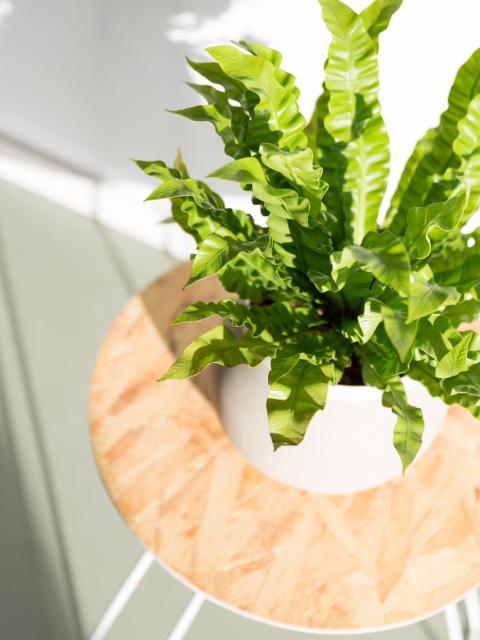
10. Asplenium Crispy Wave
A tough houseplant with funny leaves. Asplenium comes from the spleenwort family and is derived from the Greek: "Asplenon", which means spleen herb. Until the Middle Ages, ferns were used as a healing drink against diseases of the spleen. Air purifying and healing power in your room.
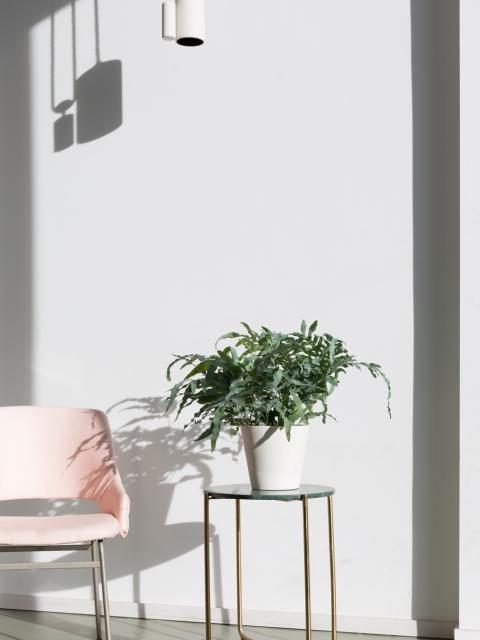
11. Phlebodium Blue Star Fern
This owes its names 'blue fern' or 'zinc fern' to its greyish deep blue-green leaf colour. It grows in the wild from the tops of cloud forests to the swamps in Florida, and so can adapt easily. The leaves do not fall out, finger-shaped branches form as the plant ages and it continues to maintain its beautiful colour. Star status, as far as we are concerned.
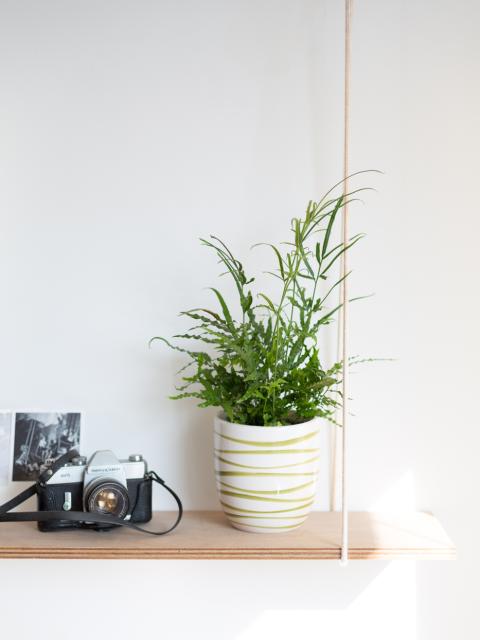
12. Pteris ensiformis Evergreen
Evergreen under the ferns. Studies have shown that the Evergreen can keep the air clean in a room of at least 30 square meters, all on its own. That says it all.
MORE INSPIRATION
Be inspired by our green style guide and discover how you can make every room in the house greener, and see all of our plant-based inspiration here. Share your own green inspiration with us via Instagram or Facebook with the hashtag #thejoyofplants.









